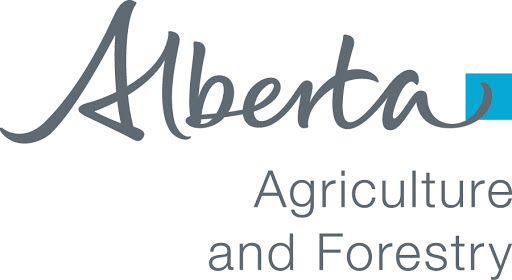
Farmscape for June 25, 2024
| Full Interview 13:07 | Listen  |
The Wild Boar Specialist with Alberta Agriculture and Irrigation suggests the time to address the wild boar situation is when their numbers are still low. The risk of the spread of disease to domestic swine has made the eradication of wild boar a top priority in Canada. Hannah McKenzie, the wild boar specialist with Alberta Agriculture and Irrigation, says because it’s difficult to count wild boar we don’t have a good indications of numbers but we do know where they tend to be located.
Quote-Hannah McKenzie-Alberta Agriculture and Irrigation:
Lots of time is spent trying to count our native species and if we wanted to get and idea of how many wild boar we would have to do something similar for that. But, they’re a little bit more difficult to see because they tend to be in the dense bush so sometimes the aerial surveys aren’t so good so it’s actually quite hard to know how many there are but we do know a little bit about where they are.
They’re primarily in what I would say is north central Alberta, coming in around Lloydminster and across that area of the province west up into the Whitecourt area.
Then we have some sporadic occurrences elsewhere in the province but our real area of concern is that north central Alberta.
We are spending some effort to try to get a better idea of their distribution to be more confident in that and then also their numbers in certain areas.
Where we have our long-standing areas of concern and were really putting in a lot of effort, we’re working to use some other tools, remote cameras and drones with thermal cameras to try to get a better idea of how many there are in those local areas.
Really, compared to the southern U.S. for example, we have far fewer feral swine or wild boar than what we see down there.
Even though we do know we have them in Alberta and they’re definitely established here, many people are able to spend a lot of time out recreating in the bush and hunting and on their land and they don’t come across them so we definitely have a lot lower density which makes it hard to find them. But this is where we want to address the problem, is before it gets to the kind of levels that we see in the southern U.S.
McKenzie says, as with any invasive species that can be damaging, when they’re here in low numbers people may not be seeing them and their impacts might not seem dramatic but it’s when their numbers are still low that we have an opportunity to take action.
For more visit Farmscape.Ca. Bruce Cochrane.
*Farmscape is produced on behalf of North America’s pork producers





